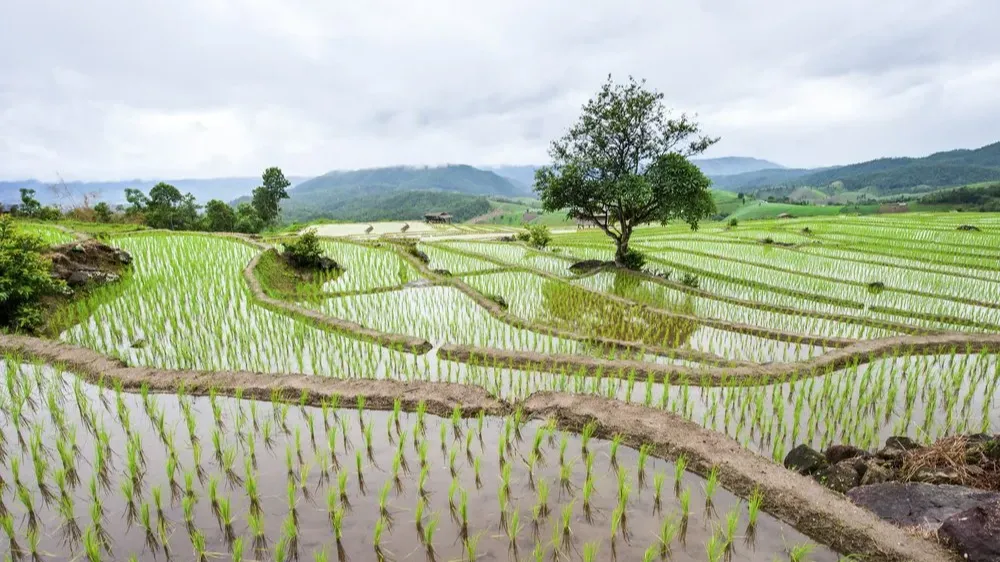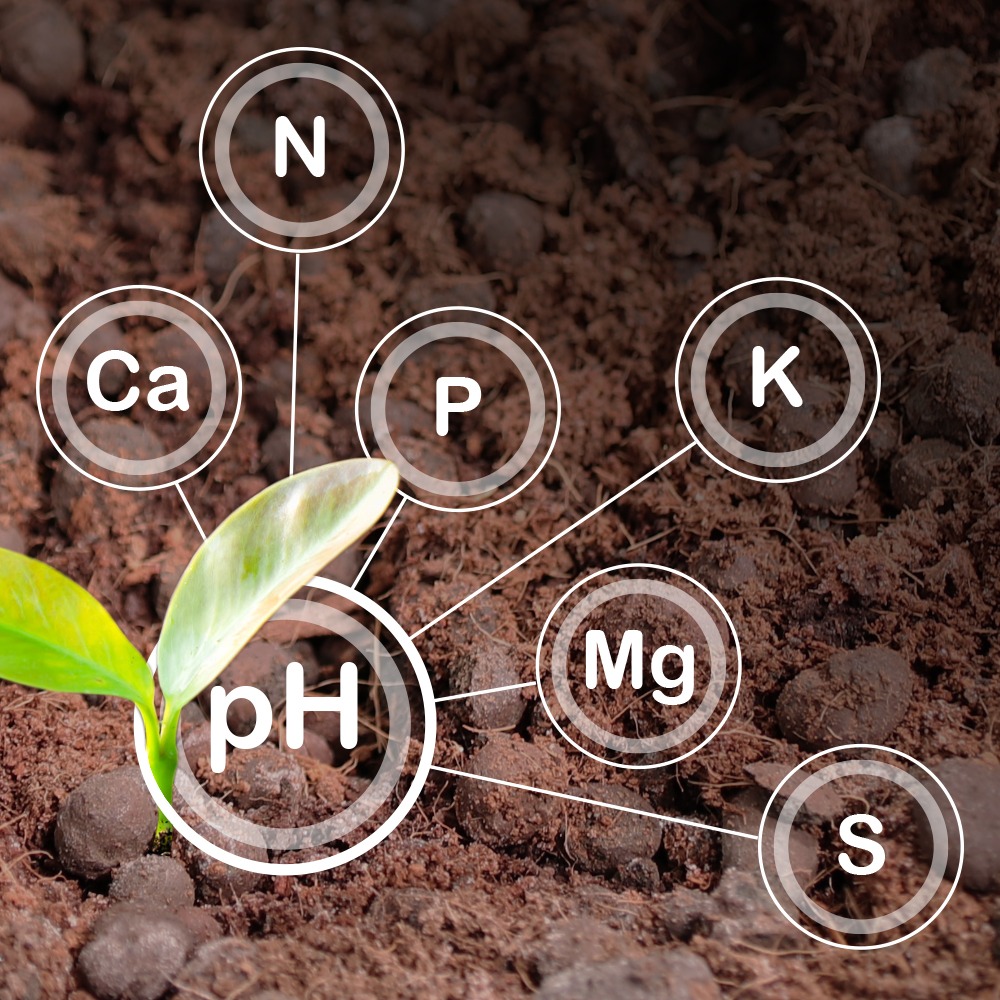Plant Nutrient Toxicity
Soil is the primary source of essential elements required for crop growth. While nutrient deficiencies can reduce yield potential, the excessive accumulation of certain nutrients may also impair plant development. This condition, known as plant nutrient toxicity, arises when the concentration of a nutrient in the soil or plant tissue exceeds the optimal level, resulting in harmful effects such as leaf scorch, chlorosis, stunted growth, and in severe cases, plant death. In Myanmar, the diversity of soil types across different regions creates varying risks of nutrient toxicity, with each soil possessing distinct chemical characteristics that influence nutrient balance and plant health. In the rice-growing areas of Myanmar, the following toxicities are observed.
(1) Iron (Fe) Toxicity
Among the major toxicities observed in paddy fields, iron (Fe) toxicity is the most common. The main causes of iron toxicity include: high iron content in parent materials, prolonged waterlogging that creates reducing conditions, deficiencies of nutrient cations such as phosphorus (P), potassium (K), magnesium (Mg), and calcium (Ca) in the soil layer, and the accumulation of undecomposed organic matter. When rice plants absorb iron in the Fe²⁺ form, it is oxidized to Fe³⁺ inside the plant, leading to blockage of vascular tissues. This restricts nutrient translocation and results in toxicity symptoms. Typical symptoms of iron toxicity in rice include the appearance of small brown spots on the lower leaves, which gradually spread upward until the entire leaf is affected. The leaves change color from orange to brown. The root surface often turns black due to the formation of iron sulfide (Fe₂S), root vigor declines, plant growth is stunted, and tiller numbers are reduced. When iron toxicity occurs in a rice field, the most urgent management practice is to drain the field immediately. After that, fertilizers containing P, K, and Mg should be applied. Preventive measures against iron toxicity include: Avoiding the use of undecomposed organic materials that release toxic substances. Practicing proper water management (regulated irrigation and drainage). Applying balanced fertilizers to maintain nutrient sufficiency.
(2) Manganese (Mn) Toxicity
Manganese (Mn) toxicity in Meadow soils is generally not very severe. The main symptoms include the appearance of brown specks between the veins and on the leaf blades of older rice leaves, followed by leaf tip drying about two months after sowing. The plants become stunted, produce fewer tillers, and develop excessive sterility, which reduces yield. Excessive uptake of Mn also inhibits the absorption of other essential nutrients such as silicon (Si), phosphorus (P), potassium (K), calcium (Ca), and magnesium (Mg). Manganese toxicity occurs more frequently under reduced soil conditions; therefore, frequent drainage is recommended. To mitigate the problem, sufficient amounts of potassium (K) and silicon (Si) should be supplied, and limestone should be applied to acidic soils.
(3) Aluminum (Al) Toxicity
Aluminum (Al) toxicity is common in acidic soils and is closely associated with phosphorus (P) fixation. Affected plants are stunted, and initial symptoms appear as orange-yellow patches between the leaf veins. At later stages, leaf tips and margins dry out. The severity of Al toxicity is strongly related to soil acidity. To correct soil acidity caused by aluminum, the appropriate rate of limestone application should be determined based on the results of soil chemical analysis.
(4) Boron (B) Toxicity
Boron toxicity causes leaf tips to turn brown, accompanied by brown necrotic spots appearing on the leaf surface. In the early stages, symptoms first occur on the tips and margins of the lower leaves. Within 2–4 weeks, these symptoms gradually spread over the entire leaf, leading to leaf drying.
(5) Acid Sulfate Soils
Acid sulfate soils are formed when sulfur-containing minerals such as pyrite (FeS₂), present in the soil, undergo oxidation. Under waterlogged conditions, pyrite remains in the form of sulphides; however, when exposed to oxygen, it is oxidized through the activity of bacteria, producing sulfuric acid (H₂SO₄), which causes soil toxicity. These bacteria obtain the necessary energy from organic matter, so the accumulation of both sulfur-bearing minerals and organic matter is considered the fundamental basis for the development of acid sulfate soils. In Myanmar, acid sulfate soils are found in some coastal areas, although their extent is not widespread. These soils are often characterized by mixed yellow, red, and black colors, and are therefore sometimes referred to as “three-colored soils.” From the Western perspective, they are often regarded as problem soils due to their adverse effects on agricultural productivity.















